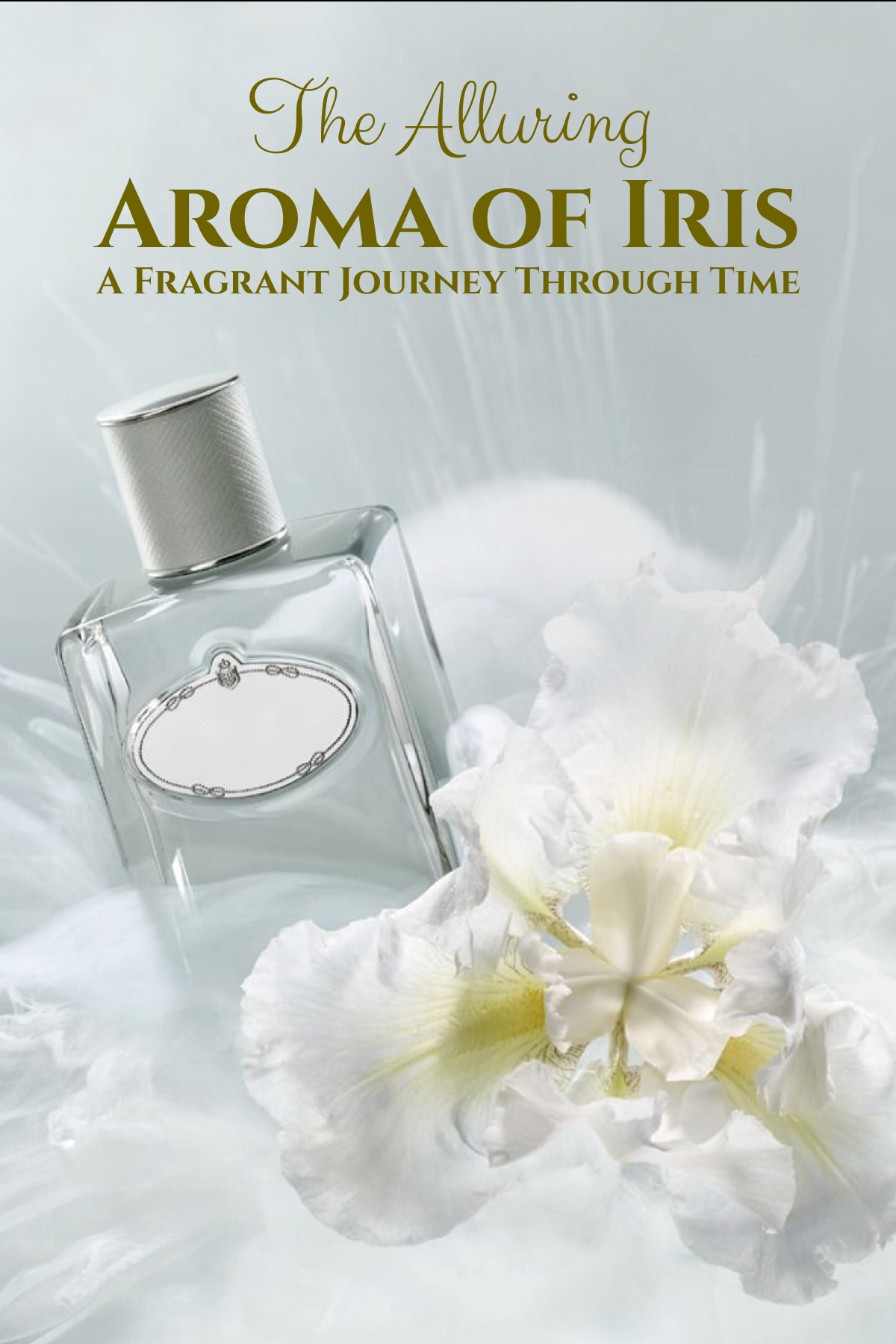The world of perfumery is extensive, with various flowers, woods, and spices contributing to the scents we enjoy. Among these, the iris stands out for both its exquisite elegance and the subtle, nuanced perfume it emits.
Iris has a mysterious, elegant, and ageless aroma, making it a sought-after ingredient in the world of high-end perfumes. This blog article will go into the intriguing aroma of iris, discussing its history, distinct scent character, and role in modern perfumery.
A Short History of Iris in Perfumery
The usage of iris in perfumery goes back thousands of years. The ancient Greeks and Romans were among the first to realize the significance of this flower, not just for its smell but also for medical purposes. The name “iris” is derived from the Greek word for “rainbow,” indicating the broad range of colors that iris blossoms can exhibit. In modern times, iris is often featured in sophisticated fragrance families like perfume chypre, where its earthy and powdery notes contribute to the overall richness and complexity of the scent.
However, the iris plant’s most valuable component in perfumery is the rhizome, often known as orris root. The process of extracting the aroma from orris root is laborious and time-consuming, which is why iris-based perfumes are sometimes among the most costly on the market. The rhizomes must be dried for several years before being distilled into a fragrant oil, which gives the smell its distinctive powdery, earthy, and floral characteristics.
The Unique Scent Profile of Iris
Iris has a distinct aroma that differs from other floral scents. It is frequently characterized as powdery, delicate, and slightly woody, with notes of violet and a hint of sweetness. Some others notice a chilly, metallic undertone, which adds to the fragrance’s depth. This distinct set of notes makes the iris both intriguing and adaptable, blending well with a wide range of other components.
In perfumery, the scent of iris is frequently utilized to lend elegance and sophistication to a fragrance. It can be found in a variety of scents, including bright, airy flowers and deep, sinister orientals. The powdery aspect of iris is especially sought in “boudoir” smells, which conjure up ideas of old-world grandeur and romance.
Iris in Modern Perfumery.
While the use of iris in perfumery has historical roots, it is still a prominent and sought-after element in contemporary scents. Many of the world’s most recognizable perfumes have iris as a major note. Chanel’s “No. 19,” introduced in 1970, is a green, floral scent with a pronounced iris heart. Similarly, Prada’s “Infusion d’Iris” is a modern classic that emphasizes the fresh, clear characteristics of iris while incorporating notes of orange blossom, neroli, and cedarwood.
Iris is also commonly used in unisex and men’s scents, where its earthy and woody notes are highlighted. In these combinations, iris frequently works well with leather, amber, and vetiver, resulting in odors that are both strong and delicate, with a lingering, memorable quality.
The Art of Wearing Iris.
Wearing a fragrance with a pronounced iris note can be both comfortable and elegant. Iris scents have a relaxing, even meditative impact, making them great for periods when you want to feel grounded and composed. They are also extremely adaptable, appropriate for both day and evening wear, and may be worn all year round.
Because iris is a gentle and subdued perfume, it blends well with various fragrances. Combining an iris-based perfume with something more strong, such as a spicy or woody scent, can result in a distinctive, customized fragrance that evolves throughout the day. Alternatively, wearing an iris perfume alone might make a statement of elegance and simplicity.
The future of iris in perfumery
As the desire for natural and ecological components rises, the use of iris in perfumery is likely to change. Iris cultivation for rhizomes is already a delicate and labor-intensive operation, and as the market for luxury perfumes grows, the demand for this resource will increase.
However, developments in synthetic fragrance technology may provide a solution, allowing perfumers to mimic the scent of iris without relying on abundant natural resources, including in floral chypre perfumes. This innovation enables the creation of sophisticated fragrances that capture the essence of iris while ensuring sustainability in sourcing materials.
Despite these limitations, the aroma of iris will surely remain a popular and necessary component of the perfumer’s repertoire. Its distinct blend of powdery, flowery, and earthy overtones guarantees that it will continue to captivate and inspire future generations.
Conclusion
The aroma of iris exemplifies the timeless attraction of nature’s most magnificent scents. With its long history, complex fragrance character, and continuous significance in modern perfumery, iris is still a symbol of elegance and refinement. Whether you are a seasoned fragrance enthusiast or fresh to the world of perfumes, discovering iris-based scents is a worthwhile voyage.













